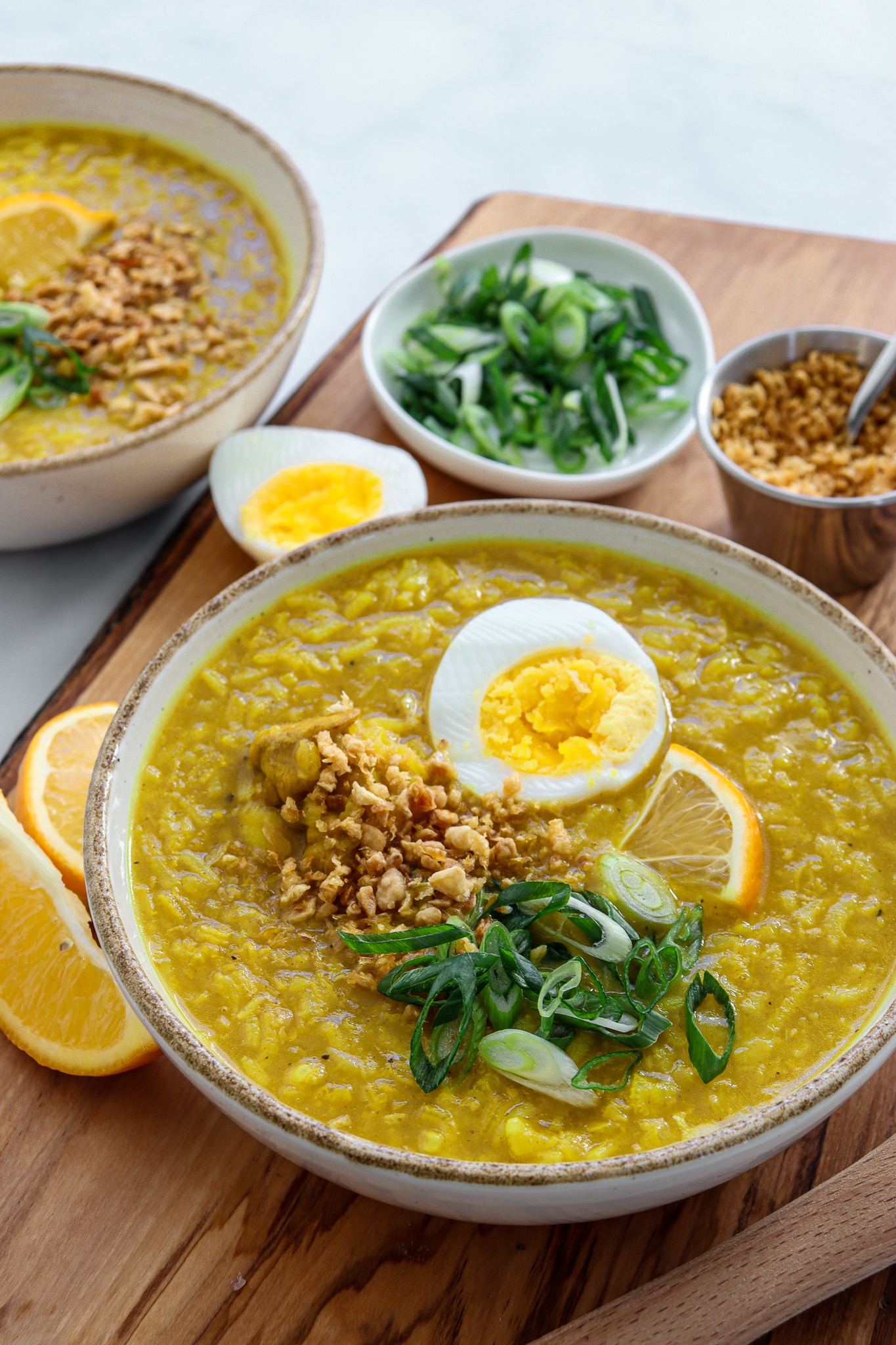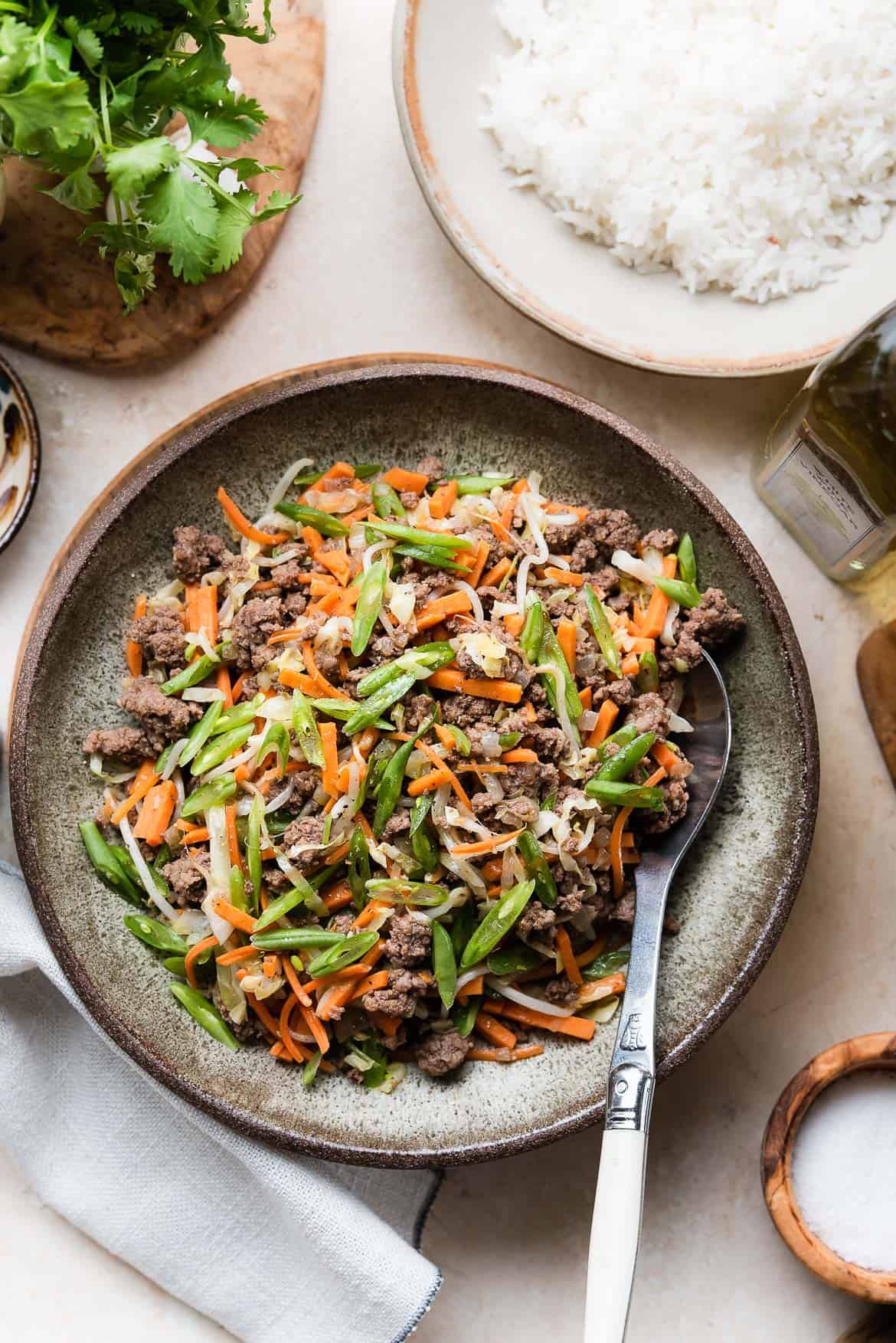Relish Filipino Cuisine with These Filipino Food Recipes.
Authentic Filipino Food Recipes to Try at Home
Discovering authentic Filipino food recipes offers a chance to value the intricate flavors and cultural importance behind each meal. Making use of fresh, regional components is vital, as is accepting common eating-- a trademark of Filipino culture.
Popular Filipino Dishes
Filipino food boasts a rich tapestry of flavors and customs, with over a loads legendary recipes that highlight the nation's varied social influences. One of the most widely known dishes is Adobo, a full-flavored stew usually made with chicken or pork, marinated in vinegar, soy sauce, garlic, and seasonings. Its appetizing flavor account makes it a staple in Filipino homes.
One more cherished dish is Sinigang, a sour soup commonly made with tamarind, tomatoes, and numerous veggies. This meal can include pork, shrimp, or fish, and its refreshing preference is excellent for cozy climates. For those with a craving for sweets, Leche Flan-- a velvety caramel custard-- acts as a popular treat, showcasing the Filipino penchant for rich, pleasant tastes.
Kare-Kare, a hearty oxtail stew with a thick peanut sauce, in addition to the famous lumpia, or spring rolls, better exhibit the range found in Filipino cuisine. Each meal not just uses special preferences but additionally narrates of regional components and historic influences, making Filipino food a lively representation of its society and heritage.
Necessary Ingredients for Filipino Food Preparation
The significance of Filipino cooking hinges on its essential ingredients, which act as the foundation for the country's beloved meals. A variety of flavors and textures integrated, showcasing the diverse social impacts that form Filipino cuisine.
Key ingredients consist of rice, the staple that accompanies nearly every meal, representing nutrition and community. Soy sauce, vinegar, and fish sauce (patis) are important for flavoring, imparting umami and deepness to recipes. Fresh herbs like cilantro and basil add fragrant quality, while garlic, onion, and ginger provide a robust flavor base.
Healthy protein sources such as pork, chicken, and seafood are main to many recipes, commonly marinaded to boost taste. Veggies like eggplant, bitter melon, and green beans contribute necessary nutrients and equilibrium - Filipino food recipes. Coconut milk is another significant component, lending creaminess and a refined sweet taste to numerous stews and treats
Lastly, calamansi, a citrus fruit, provides a rejuvenating tang that elevates dishes and drinks alike. Together, these active ingredients create the vibrant and abundant tapestry of flavors that define Filipino cuisine, making it both calming and unique. Comprehending these basics is important for any person looking to replicate authentic Filipino dishes in the house.
Step-by-Step Dish Overview

Begin by preparing your ingredients. For Adobo, chop the meat right into consistent pieces and marinade it in soy sauce, vinegar, garlic, and bay leaves for at the very least 30 minutes. Next, heat oil in a frying pan and sauté the garlic and onions till fragrant, then include the marinaded meat, enabling it to brown equally.
For Sinigang, start by boiling water in a pot and including your selection of meat. As soon as tender, integrate tamarind paste or fresh tamarind for that signature sour flavor. Adhere to with vegetables like radish and kangkong, cooking till just tender.

Tips for Genuine Flavor
Commonly, attaining genuine flavor in Filipino dishes hinges on the mindful choice and therapy of active ingredients. Begin with fresh, high-quality fruit and vegetables, as the vibrancy of veggies and natural herbs substantially enhances the dish's overall preference. Staples like garlic, onions, and ginger create the aromatic structure for numerous dishes; using them in appropriate proportions is crucial.
Selecting the ideal protein pop over to this web-site is similarly important. As an example, standard adobo usually employs poultry or pork, marinaded to soak up the marinade's full flavor. In addition, take into consideration sourcing in your area generated or regional components, as they can offer authenticity that store-bought options lack.
Food preparation techniques likewise play an essential function. Slow-cooking techniques, such as braising or stewing, permit tastes to fuse perfectly, while frying can add a rewarding browse around this site structure. Don't neglect spices; utilizing salt, fish sauce, or soy sauce at the appropriate minutes can elevate a meal substantially.
Offering and Appreciating Filipino Food
Cooking experiences are enriched when Filipino food is offered with interest to practice and area. The technique of sharing dishes is main to Filipino society, representing unity and hospitality. When offering Filipino dishes, consider using traditional serveware, such as clay pots or bamboo baskets, which improve the authenticity of the experience.
Usually, Filipino meals are appreciated family-style, with a variety of recipes placed at the facility of the table. This communal method encourages communication and allows visitors to sample different flavors. A well-curated spread could consist of staples like get redirected here adobo, sinigang, and lumpia, matched by rice, which is a basic part of every dish.
Coming with the food with traditional condiments, such as soy sauce, vinegar, or chili paste, can elevate the eating experience, inviting restaurants to tailor their plates to their preferences. Furthermore, integrating regional drinks, like calamansi juice or tuba, can enhance the total taste account.
Verdict
